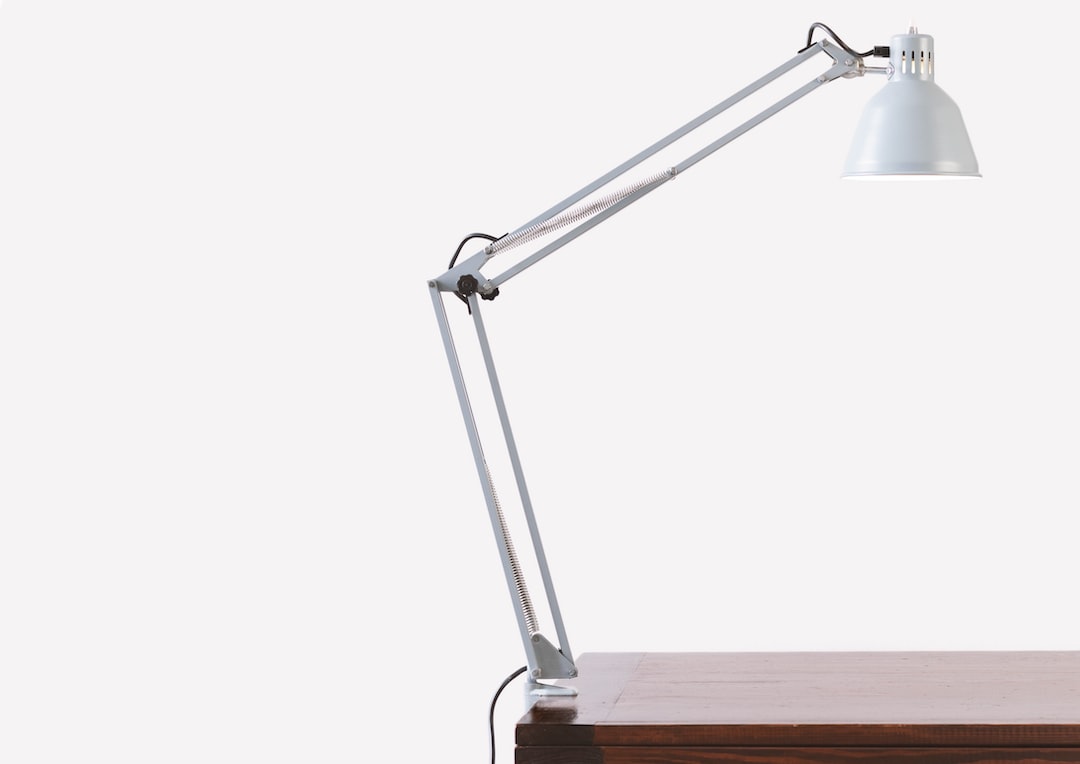The Fusion of Technology and Healthcare: Telemedicine and Remote Patient Monitoring
The healthcare industry has always been at the forefront of innovation and technological advancements. Over the years, technology has played a crucial role in revolutionizing healthcare delivery, enhancing patient care, and improving overall quality of life. One of the most significant advancements in this realm is the fusion of technology and healthcare through telemedicine and remote patient monitoring.
Telemedicine, in simple terms, refers to the remote delivery of healthcare services, including diagnosis, treatment, and monitoring. Through the use of telecommunications technology, healthcare professionals can reach patients who are located in different geographic areas, allowing them to receive medical attention without the need for physical interaction.
One key aspect of telemedicine is remote patient monitoring (RPM), which enables healthcare providers to monitor patients’ health conditions remotely. This technology collects data in real-time from various medical devices, such as wearable sensors, smartphones, and even implantable devices, and transmits it to healthcare professionals. This data can include vital signs, medication adherence, blood sugar levels, and other crucial health information.
The benefits of telemedicine and RPM are plentiful and extend to both patients and healthcare providers. For patients, this technology has brought about a convenience and accessibility to healthcare like never before. Patients no longer need to travel long distances or wait for hours in crowded waiting rooms to see a doctor. With telemedicine, they can consult with healthcare professionals from the comfort of their homes, saving both time and money.
Moreover, telemedicine has proven to be of immense value in remote areas, where access to quality healthcare can be limited. It enables patients in rural or underserved communities to receive timely medical attention from specialists who may be located in urban centers. This bridging of the healthcare gap has positively impacted the health outcomes and overall well-being of countless individuals.
Furthermore, telemedicine has been instrumental in increasing patient engagement and fostering a sense of empowerment in managing their own health. With the help of remote patient monitoring devices, patients can actively monitor their health conditions, track progress, and make informed decisions about their lifestyle choices. This proactive approach to healthcare promotes a sense of ownership and autonomy among patients, which can lead to better health outcomes and a reduced burden on healthcare systems.
From a healthcare provider’s perspective, telemedicine and RPM have revolutionized the way healthcare is delivered. Firstly, it allows for efficient and effective care management. Healthcare professionals can remotely monitor patients’ health conditions and intervene when necessary, leading to better management of chronic diseases and reduced hospital readmissions.
Secondly, telemedicine has enabled healthcare providers to expand their reach and cater to a broader patient base. With the ability to communicate with patients remotely, professionals can consult, diagnose, and treat a larger number of patients, creating a more efficient healthcare system.
Moreover, telemedicine has proven vital in emergency situations and disaster management. In crisis situations, when access to healthcare services may be disrupted or delayed, telemedicine bridges the gap and provides timely medical attention. This technology has proven invaluable in triaging patients, providing guidance, and saving lives when faced with emergencies.
Finally, the fusion of technology and healthcare through telemedicine and remote patient monitoring is not only about convenience and accessibility; it also brings about the prospect of better health outcomes and reduced healthcare costs. By actively monitoring patients’ health conditions through remote patient monitoring devices, healthcare providers can identify early warning signs, intervene promptly, and prevent complications or unnecessary hospitalizations. This proactive approach not only improves patient outcomes but also leads to significant cost savings for healthcare systems.
In conclusion, the fusion of technology and healthcare through telemedicine and remote patient monitoring is a revolutionary development in the field of medicine. It has transformed the way healthcare is delivered, making it more accessible, efficient, and patient-centered. As technology continues to advance, telemedicine and RPM will undoubtedly play an increasingly significant role in the future of healthcare, improving patient care and revolutionizing the healthcare landscape as we know it.

